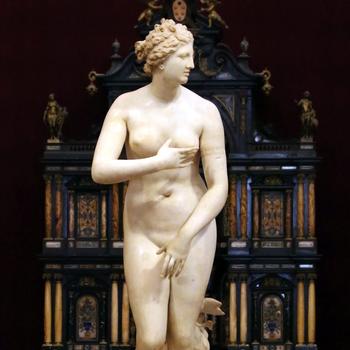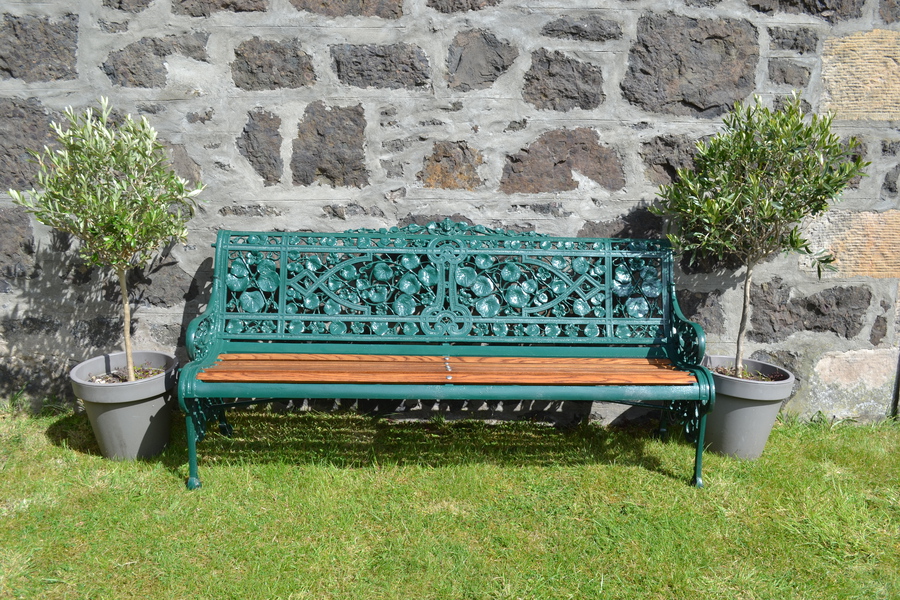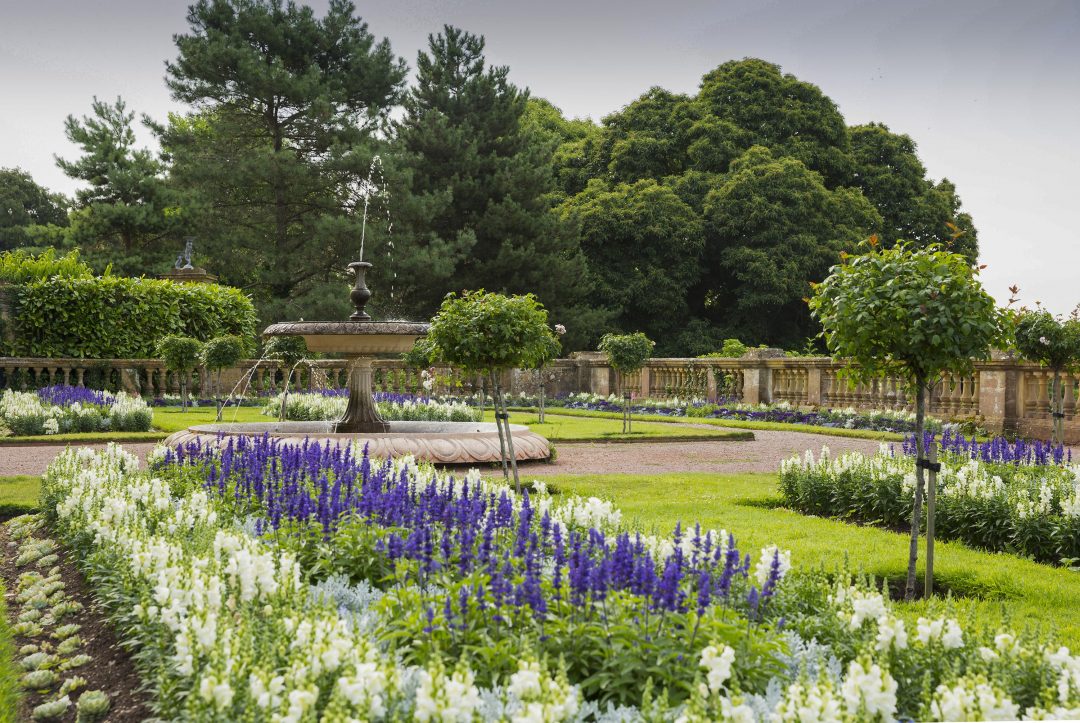featured item

quality pair of antique edwardian postal scales and weights Read more
A brief history of antique garden sculpture and furniture
Posted by Chris on 19/05/2023

It’s widely accepted that the first link between gardens and ornamental sculpture was established by classical civilisations in the Mediterranean – one which still exists to this day.
We look at a brief history of antique garden sculpture, ornaments and furniture - and how exactly we ended up with such a varied range of pieces and styles.
In this article:
- Where it started: Ancient Greek and Roman gardens
- The Renaissance influence
- Georgian and Victorian garden antiques
- Garden antique design styles
- Antique garden furniture and ornaments you need for your garden this summer

Pictured: Peristyle garden in the House of the Vetti, Pompeii
Ancient Greek and Roman gardens
John P.S. Davis wrote in Antique Garden Ornament, “the Greeks and Romans were the first in Europe to create large gardens where not only plants, trees and nature followed man’s designs, but which were also adorned with marble and bronze effigies of gods and heroes. The contribution of these classical sources was to have far reaching effects on gardens throughout the Western world. This influence is still clearly evident in many gardens today.”
You can see the early examples of the use of garden ornaments in western culture in the gardens such as those excavated at Pompeii and Herculaneum.

A copy of the Venus de Medici Sculpture in Oranienbaum park (source)
In fact, the famous Venus de’Medici is believed to be a first century BC marble copy of a fourth century BC bronze - and has become one of the navigation points by which the progress of the Western classical tradition is traced. The references to it outline the changes of taste and the process of classical scholarship.
The Roman Emperor Hadrian is often mentioned in garden history books, laying out his estate at Tivoli to feature works of art that he collected on his travels in Egypt and Greece. Hadrian created water features and grottoes in a manner influenced by even earlier historical styles.
Fountain of Hercules and Antaeus in the Italian Renaissance gardens of the Villa di Castello, Florence (source)
The Renaissance
It was the Renaissance to which the modern usage of garden sculptures can be traced back. At that time, many great artistic and philosophical works of Greek and Roman antiquity were being ‘rediscovered’ – excavated sculptures were often placed into the gardens of the wealthy. Mythological figures were prominent: a natural fit for gardens, which were considered places of eternal metamorphoses – replicas of Greek and Roman gods would endure the ever-changing seasons.
Although considered perhaps too early for the influence of the Georgian ‘Grand Tour’, the effects of the Renaissance percolated through to high English and French society, where the royals and their courtiers started a trend of collecting garden ornaments and sculptures for their large palatial gardens.
One of the earliest collections of garden statues was made by Thomas Howard, Earl of Arundel, in 1614, for his estate at Arundel House – it can now be found in the Ashmolean in Oxford.
Also on offer from Victorian foundry catalogues were magnificent water fountains, like this one at Hestercombe Gardens (copyright Hestercombe Gardens).
Georgian and Victorian garden antiques
The effects of the Renaissance were in full flow by the 18th century. Harking back to Emperor Hadrian’s garden and the Greek and Roman antiquities, these ideas were again borrowed by Georgian garden designers such as Capability Brown, Henry Hoare and Coplestone Warre Bampfylde in their designs for the great country house estates of the 18th century.
By the Victorian period, the emerging middle classes had gardens of their own, and wanted to show their respectability and new found wealth. Cast iron furniture was popular, and involved the making of a hard carved mould for each part of the piece, which were then galvanised, painted or bronzed before being bolted together. Foundry catalogues of the time also offered a wide choice of fountains, garden urns and planters, with choices of handles and pedestals, and a variety of interesting seating designs.

A Victorian Coalbrookdale Cast Iron & Oak Nasturtium Pattern Garden Seat Bench, c.1870
Garden antiques design styles
Early design patterns featured naturalistic elements. The rustic pattern often displayed intertwined branches and roots; the grape pattern featured leaves and grapevines; the fern patter included large bending fern leaves. Also common were the passion flower, Lily of the Valley, and Morning Glory patterns, which were often used for settees and chairs. Later designs would appear more architectural, with Gothic, Renaissance and Rococo styles such as the ‘curtain’ design.
The industrial revolution and mechanisation of manufacturing developed in the Victorian period to enable foundries to create wire work garden design such as garden settees, plant stands, arches and chairs. These were delicate looking but sturdy due to their in built wire work.
Ornamental terracotta was hugely popular throughout gardens for centuries - and continues to be so to this day. It's widely seen in garden antiques such as pots, sundials, bird baths and urns.
> Next: Discover antique garden furniture and vintage ornaments you must have in your garden this summer





